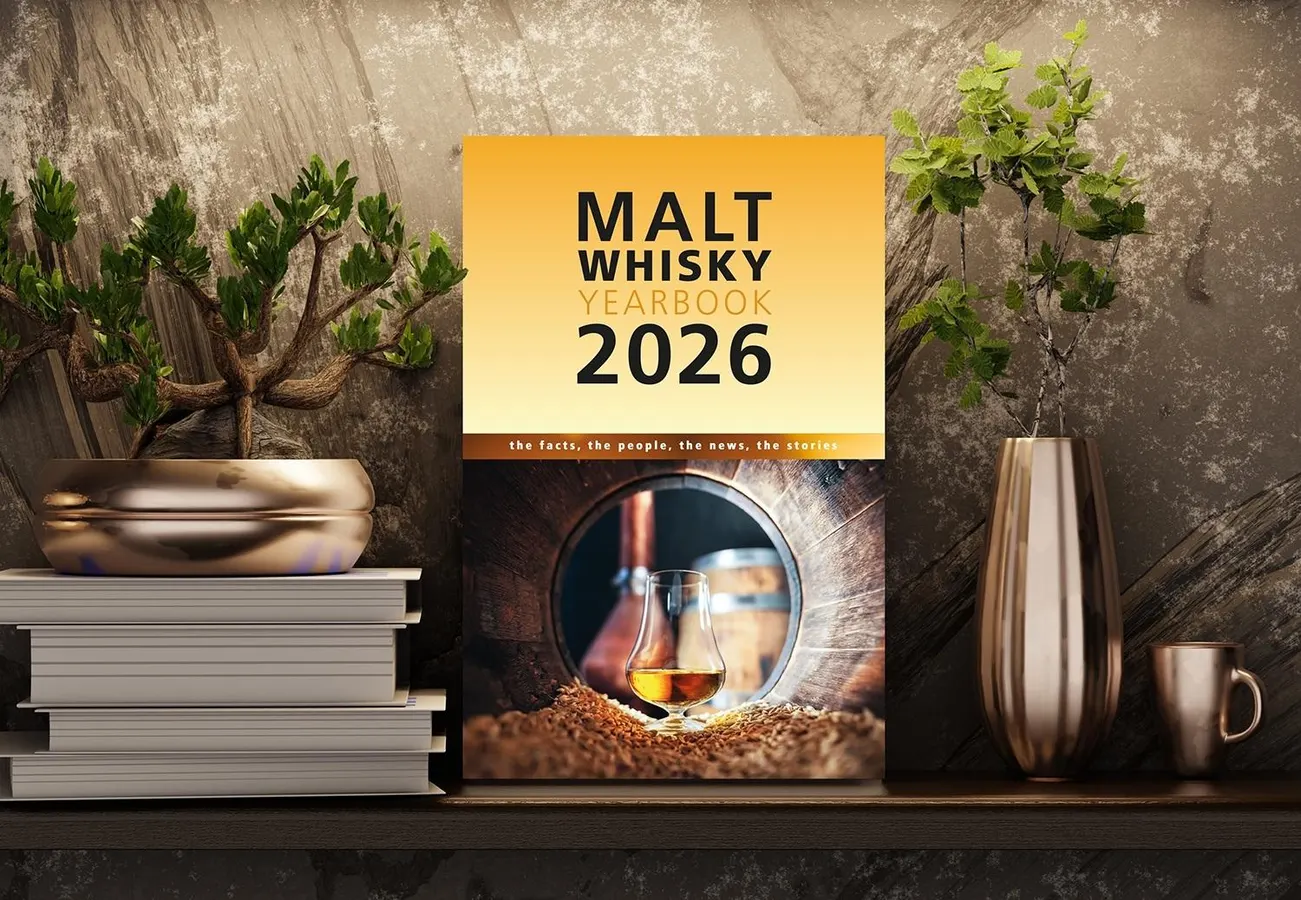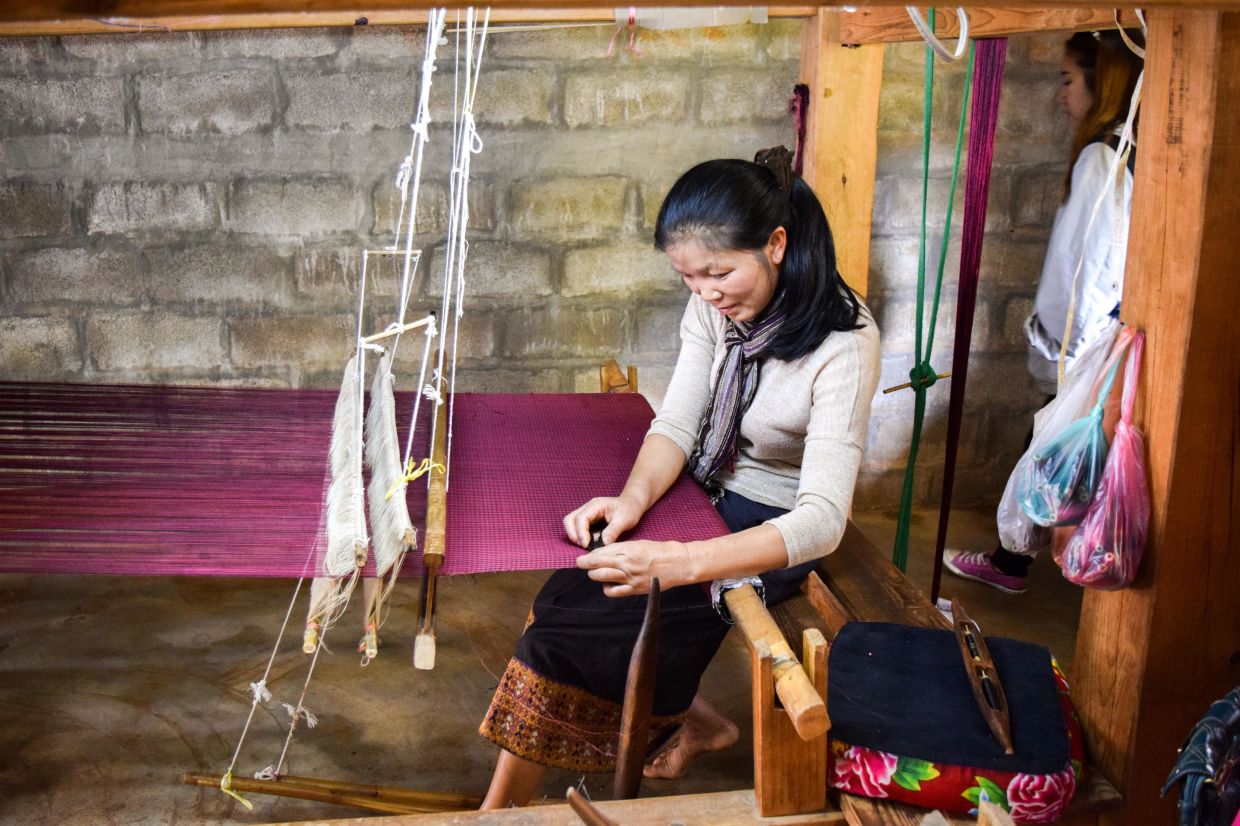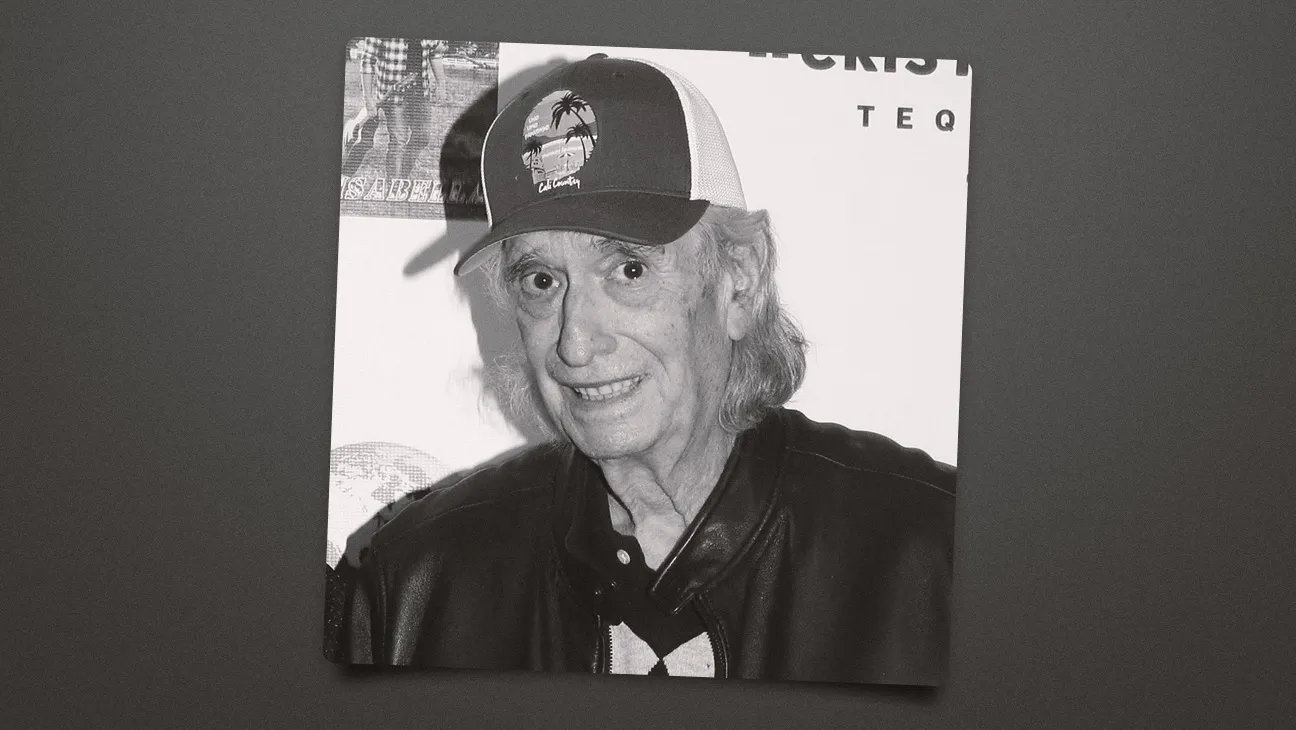Copyright forbes

21 Years of The Malt Whisky Yearbook The 2026 edition of the Malt Whisky Yearbook. Ingvar Ronde First published in 2005, the Malt Whisky Yearbook has now become the most trusted companion for the whisky industry and the wider community of fans and connoisseurs who are wanting to keep up to date with the larger than ever number of distilleries making malt whisky around the world. As he celebrates its 21st edition with the launch of the 2026 edition earlier this month, the Yearbook’s author Ingvar Ronde believes it serves as both a barometer of industry change and a reliable guide to the ever-expanding whisky landscape. “It’s most of all a reference guide,” Ronde says. “I don’t expect people to read it from A to Z but rather look up facts when they need them; at a tasting, when you’re about to buy a new bottle or have plans to visit a distillery.” As always, the Yearbook is packed with distillery updates, in-depth articles from leading writers, and comprehensive statistics. With this latest addition, it further cements its importance as a fixture in both whisky libraries and professional toolkits. The Inspirations Behind The Malt Whisky Yearbook The idea for the Yearbook came to Ronde out of personal need rather than grand ambition. “Many years after my trip to Scotland and with a growing interest in whisky I felt a need to stay updated on what was happening in the industry,” he recalls. “I tried to fulfil that need seeking information on the internet only to discover that most sites either said the same things, often using the exact same words, or the information on various sites was conflicting. In a nutshell, I wasn’t sure who to trust.” That search for reliable information became the spark. “I noticed that there was a huge amount of Yearbooks on the market, targeting every conceivable topic — dogs, cars, guns — but nothing about whisky,” he says. “That was exactly what I needed – a book every year with updates, news and a view towards the future.” Having worked in publishing, Ronde decided to take on the challenge himself. “At that time I was in a position where I wanted to do something different in my working career,” he says. “I had quite a bit of experience in publishing so decided that this Yearbook should be my new thing. I needed it and hopefully there would be other whisky enthusiasts who felt the same. And thank God there were!” The early days weren’t easy. “Initially it was the fact that nobody in the industry knew who I was,” Ronde admits. He recalls reaching out to Swedish whisky collector and Keeper of the Quaich Ulf Buxrud, who introduced him to leading figures such as Michael Jackson and Charles Maclean. “I’ll always be grateful to Ulf, who sadly passed away a few years ago, for opening the doors to the whisky luminaries.” 21 years in, the Yearbook’s structure remains largely the same, a conscious choice made by Ronde. “I’ve deliberately tried to make as little change as possible when it comes to the basic format,” he says. “This is a reference book and I want the reader to easily find what they need. A lot of my customers buy the book every year and have gotten comfortable with the set-up.” Each edition begins with a series of commissioned articles from respected whisky writers, followed by a detailed directory of distilleries, first from Scotland then from around the world. The 2026 edition features close to a thousand distilleries. Additional sections cover independent bottlers, market analyses, and an annual “Year That Was” overview, which Ronde describes as a deeper look at “the current state of the industry.” Over time, the Yearbook has earned a place within the industry itself. “Many of the producers now buy copies for their brand ambassadors, sales people or tour guides,” says Ronde. “It’s a grand recognition of my work and one that I didn’t anticipate when I started.” What Trends Does Ronde See Today In Whisky? Ingvar Ronde being inducted into the Keepers of the Quaich in 2016. Ingvar Ronde After twenty-one editions, Ronde enjoys a unique front row seat to rapid shifts that have occurred in the industry over the last two decades. When asked about trends that he thinks are shaping today’s whisky, he pointed to the growth of whisky producers around the world, the interest in malt whisky, and what he called ‘generic’ whiskies dominating markets. When Ronde published the first Yearbook in 2005, there were just 33 malt whisky distilleries outside Scotland. “In the latest edition this number had grown to more than 750,” he comments. “While ‘world distilleries’ are often seen as competing with Scotch, I think this development has accelerated the interest in whisky across the world and it is beneficial for all producers and the category no matter where you are and what you produce.” The rise of single malt has been another defining trend. “In 2024, the value of exported single malt Scotch was 31% of total exports,” he notes. “A decade ago it was 18%. The development for single malt we’ve seen in the last two decades seems to be unstoppable, even if there is a temporary downturn.” Still, not everything in the modern whisky world appeals to him. “Too many producers are looking to launch what they perceive as being a whisky that will speak to as many consumers as possible without any edges or personality,” he observes. “These producers resign to simple recipes and we as consumers are left with too many whiskies that taste the same but lack uniqueness.” For Ronde, innovation works best when it’s rooted in authenticity. “I’m excited by the fact that many of the new distilleries around the world try to distinguish themselves from Scotch by making whisky based on local culture and traditions, using local grain and wood and seeing climate conditions that are sometimes challenging rather as an opportunity to make new styles of whisky.” He also applauds Scottish distilleries experimenting with old production methods, he is particularly excited by the use of different types of yeasts or heritage barley varietals for production, and also the use of more traditional equipment such as floor maltings, direct fired stills, and worm tubs. At the same time, he is also extremely wary of the growing trend of treating whisky as an asset rather than a drink. “What I genuinely dislike in the whisky world is seeing whisky as an investment,” he says. “Many, but not all, of the companies that are offering casks to private persons are nothing less than scammers and their behaviour damages the entire whisky industry. I’m also not happy when I see enthusiasts buying the latest Springbank Local Barley or a Highland Park Single Cask and hours later flipping them on eBay for four times the money. It just drives up the prices for everyone. I’m a firm believer that bottles should be opened and enjoyed.” Despite the industry’s current uncertainty shaped by inflation, shifting consumer behaviour and geopolitical tensions, Ronde also remains confident that it will bounce back. “The whisky business has been in this situation before and has proved to be quite resilient,” he says. “It may take a year or two before business is back to ‘normal’. In the meantime it is more important than ever for producers to have an ear to the ground and really listen to what the consumer wants.” After twenty-one years of documenting the world of whisky, Ronde continues to approach his work with quiet diligence and the same curiosity that inspired him to start. His book has evolved from a personal project into a trusted companion for whisky drinkers everywhere, and has become an objective record of an ever-evolving spirit. “It’s most of all a reference guide,” he says simply of The Malt Whisky Yearbook. “Many of the producers now buy copies for their brand ambassadors, sales people or tour guides. It’s a grand recognition of my work, and one that I didn’t anticipate when I started.” Editorial StandardsReprints & Permissions



